A Westfjords’ guide for adventurers
The Westfjords is the most remote area of Iceland.
That makes it one of the most serene places in the country, far from mass tourism and home to a diverse wildlife.
Black mountains and beaches, wild tundras, blue fjords, hot springs, and stunning waterfalls, the Westfjords have it all!
A few tips before visiting the Westfjords:
-Download the Safe Travel app to get notifications of any event or any big meteorological change. This also allows you to send your GPS coordinates to emergency services.
-Careful in remote areas and glaciers: it’s always best to go with a seasoned guide! In any case, you should have a satellite phone if you need to reach emergency services. The national emergency number in Iceland is 112.
-Most of the activities listed such as kayaking, hiking, etc., are summer activities. Scheduled excursions are usually not touring outside of summer, but can be private upon request during the off-season.
The weather in Iceland can be pretty adverse, especially during the winter, so unless you are a very experienced hiker with a habit for cold and damp places, we would advise you to choose one of the summer months to visit 🙂
-Always check if you have the right equipment and enough food. The weather is unpredictable in Iceland and a clear blue sky can turn into a rainy day with gusts of wind in a matter of minutes!
Go for the onion technique, bring sturdy shoes and tents, and always have a little more snacks than usual in your backpack (you will be happy to find them if you are cold!).
You can find a list at this link.
Now that it’s said, let’s talk about the ABCs of visiting the Westfjords off the beaten path!
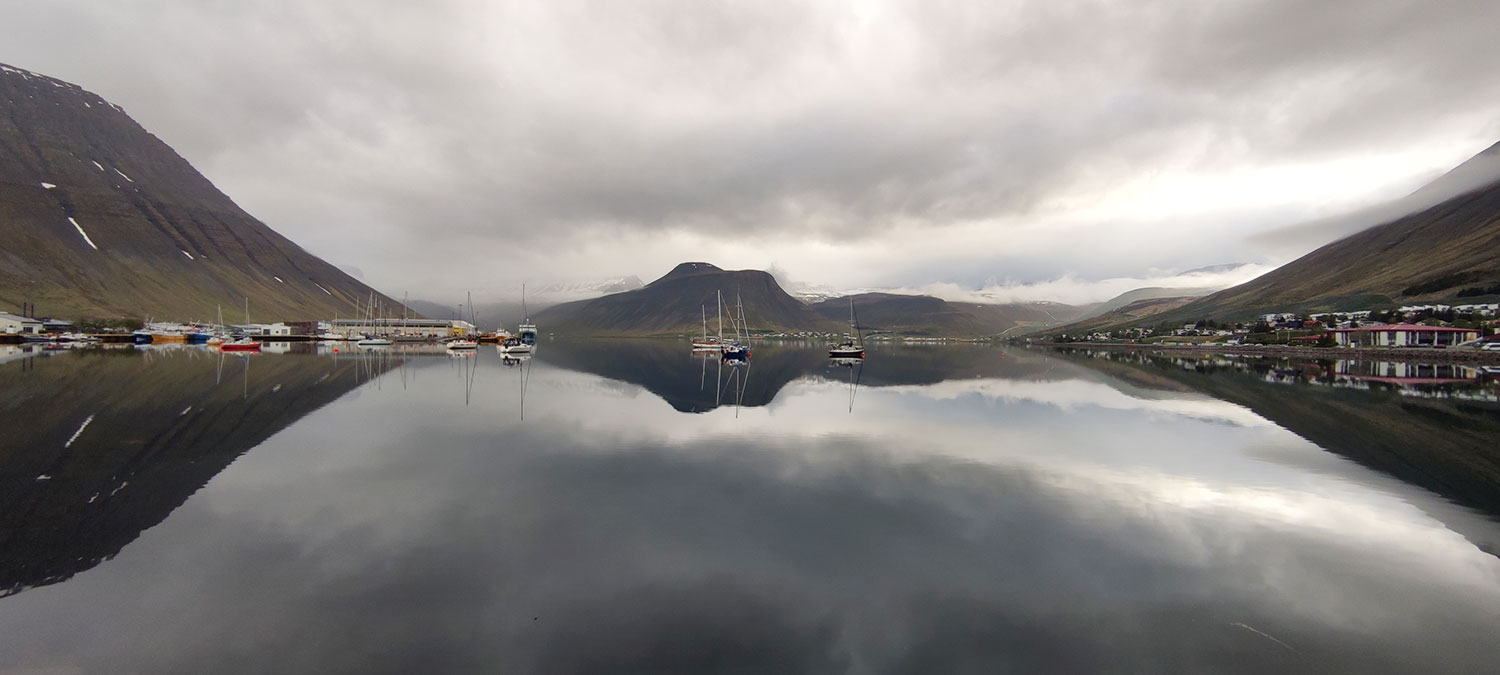
Camping
Camping is a very popular and budget-friendly way to travel around Iceland. When visiting the Westfjords, there are many places to set camp!
Most of the time, you cannot camp in protected or private lands (keep an eye out for signs telling you that you cannot camp there, you might miss them!), but you may be able to spend a night outside of a camping ground. For more information about where to camp, you can check out this very useful site.
If you are missing a tent or a sleeping bag or a good one seems like too much of an investment, you can always rent your equipment.
You can find options in Reykjavik, or online (pick-ups are in Reykjavik though).
If you are coming from May to July, the midnight sun is still here! That makes for some wonderful lighting, but if you’re light-sensitive during your sleep, bring a sleeping mask.
Another option is to rent a campervan and have the comfort of sleeping inside and cooking in a sheltered area. That does not mean that you should not prepare yourself for a cold night, so bring a good sleeping bag and warm clothes!
It’s good to note that campervans are only allowed to park at night in a designated camp area.
Camping during the winter
Some campsites are open all year round, although we would definitely recommend including a few nights in a hostel. Storms are frequent during winter and can be sudden.
For all your tours, you can always check the weather forecast here.
Driving
The best way to visit the Westfjords is by car.
It’s difficult to access a variety of sites without having your own vehicle as public transportation is only available a few times a day.
You can find a car rental in Reykjavik or, if you are arriving by plane, you can rent one in Isafjordur.
A 4×4 is recommended if you are taking gravel roads, and mandatory if you’re traveling outside of summer months.
Most of the roads leading to popular sites are paved but you will probably find yourself on gravel roads at some point, so a comfortable vehicle will be needed.
Note that no off-road driving is permitted, as the land is very fragile and many plant species and moss are protected.
There are a lot of wild animals on roads, so do not go above the speed limit, and keep an eye out for lambs. They sometimes cross the road when they see you approaching.
It will also keep you out of a speeding fine (and those are extremely expensive).
The speeding limit is generally 90 km/h on paved roads and 80 on gravel roads. It will decrease in a risky area, but will always be clearly stated!
You should also check this website regularly before taking the road outside of summer as some roads can be closed without further warning if driving conditions are not safe. In those cases, rescue will happen at your own expense.
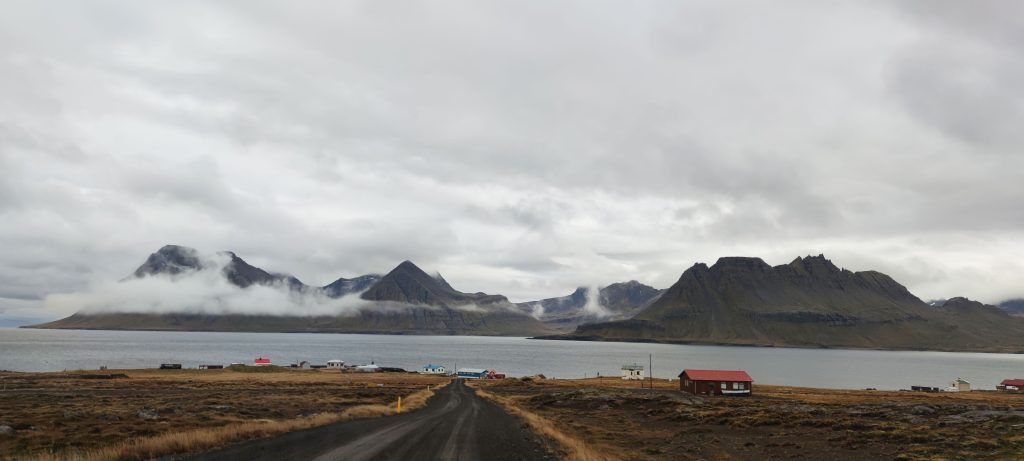
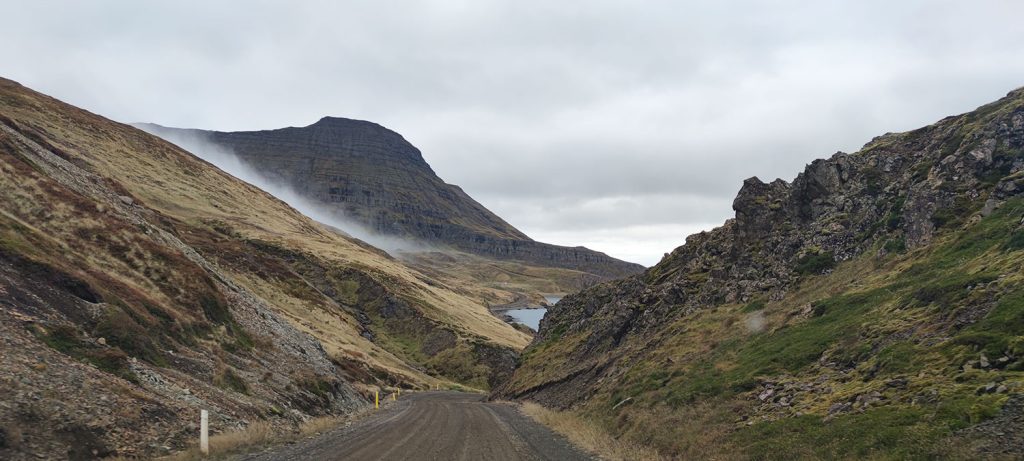
Hiking
One of the most popular activities in Iceland is definitively hiking, both among tourists and locals alike.
There are a lot of hiking paths everywhere in the Westfjords.
If you cannot see the tracks, there are usually some cairns or spikes to lead the way.
You can cross uncultivated land but should keep away from inhabited lands.
Nature is fragile, so Icelanders have always found ways to make every area enjoyable. This means not going away from the paths in protected areas, as you might step onto fragile flora that is likely to be protected.
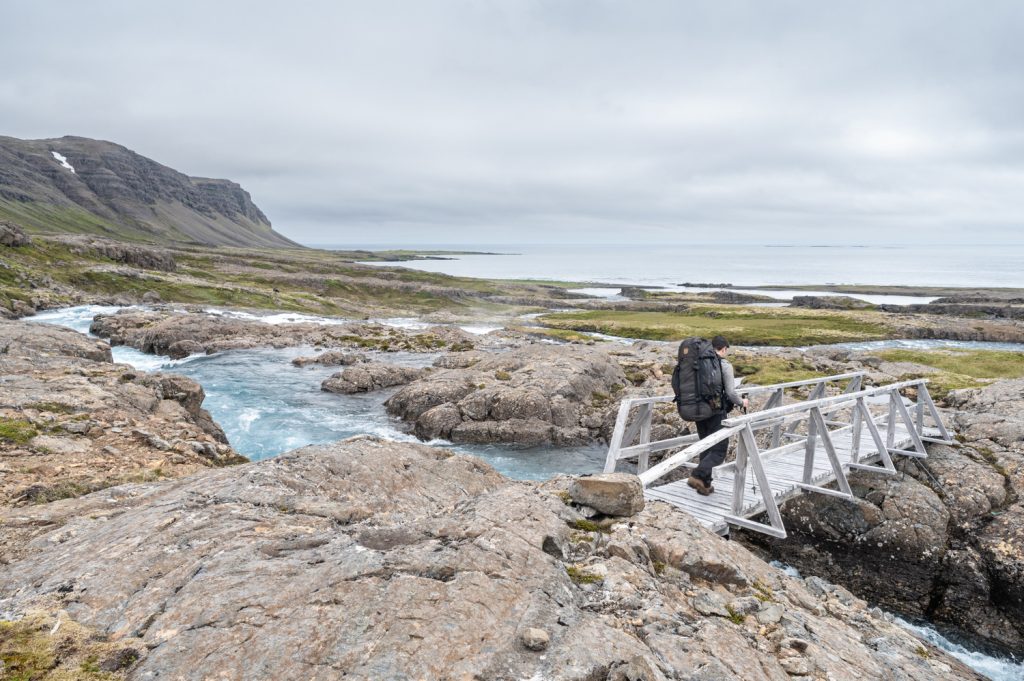
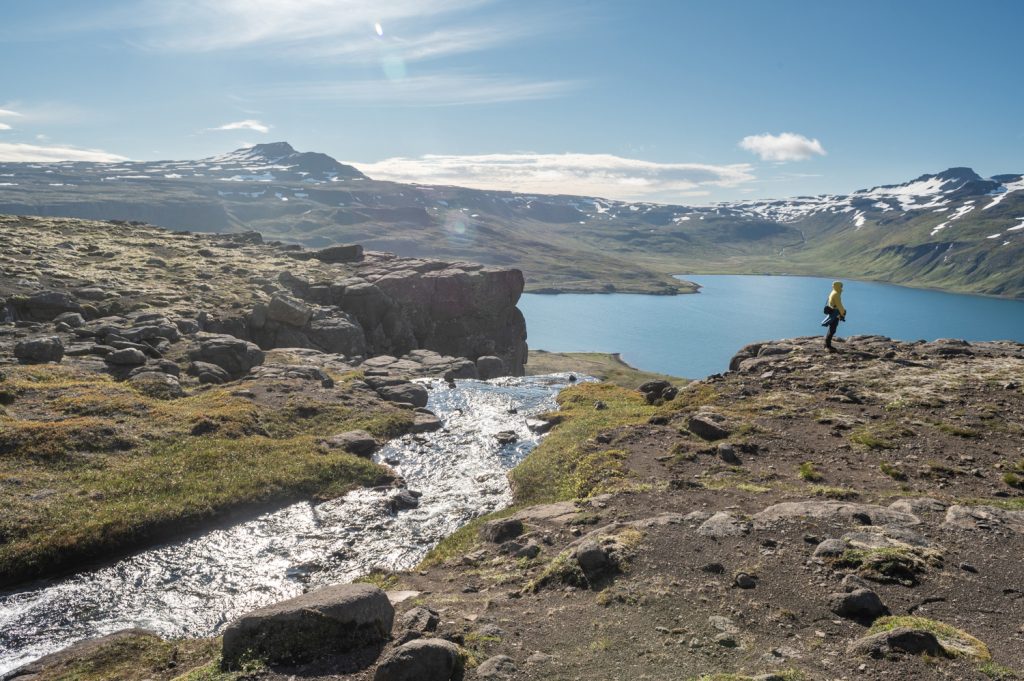
You can find many hiking guides at the tourists’ office in Isafjordur, and more detailed ones at Pennin (the bookstore) and in many shops outside of Isafjordur.
There are also some group hikes starting from Isafjordur, you can have a look on Facebook if that’s something that might interest you.
Bring your binoculars to observe wildlife during your hike, and of course, snacks!
Hot spots and pools, or the perfect way to relax
Can you think of a better way to end a long day outside than soaking yourself in a natural hot tub while gazing at the fjord?
The Westfjords have at least 10 hot springs available for everyone, most of them very accessible and marked on Google Maps.
We have a few favorites, and would be happy to take you there on one of our tours!
And if you need a hot shower or to meet new people, go to the local swimming pool! Most cities have their own, and almost all of them also offer a hot tub and, if you’re in luck, a sauna.
*Please note that while tempting, it is strictly forbidden to swim naked in a natural spring/tub.
A lot of inconveniences have been caused in the past, and it is part of the reason that some of these pools are no longer free.
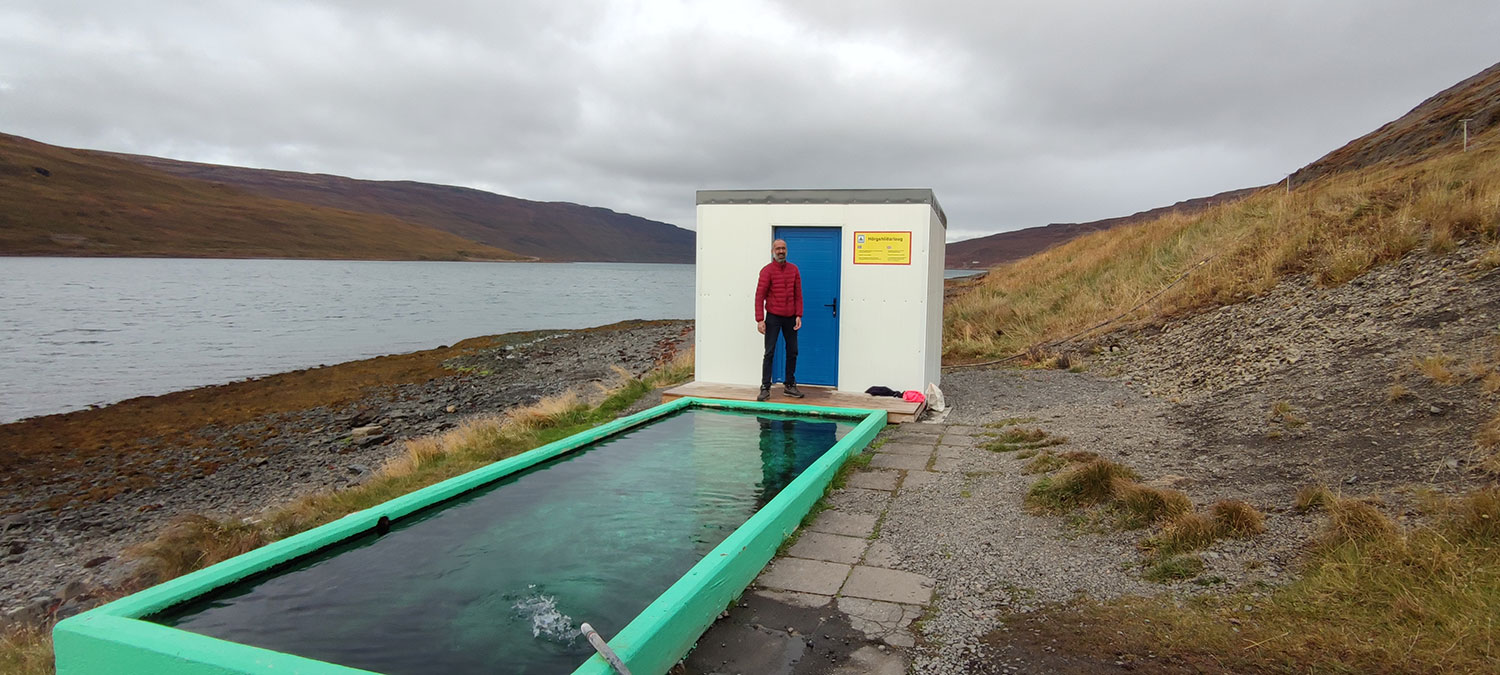
Wildlife watching
When visiting the Westfjords, what strikes us is the preserved beauty of nature.
One of the main animals to look for is, of course, the Arctic fox.
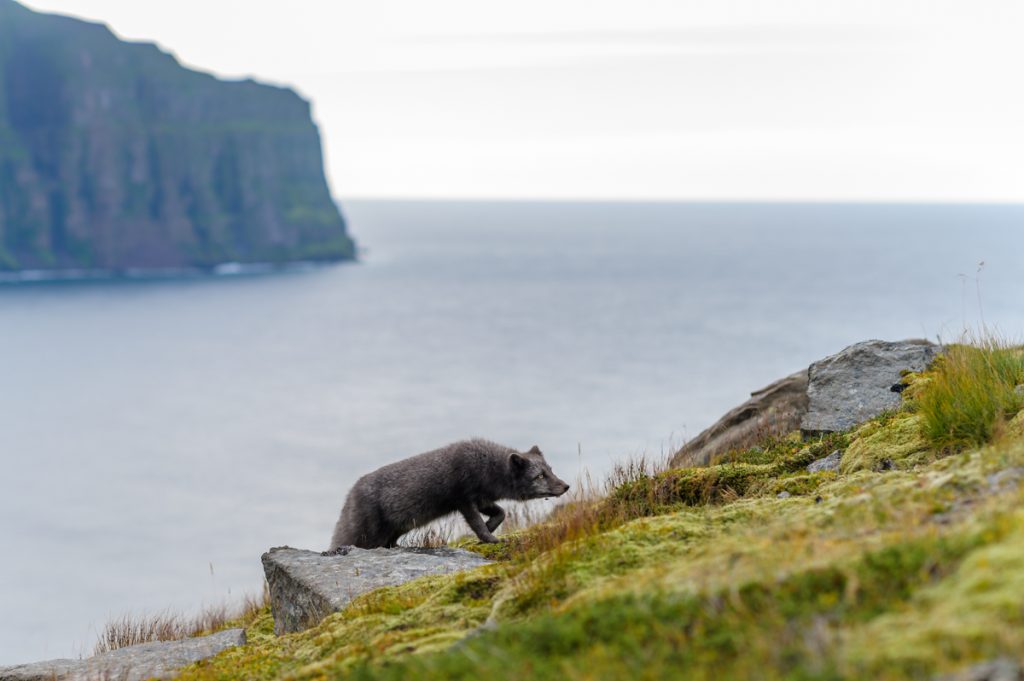
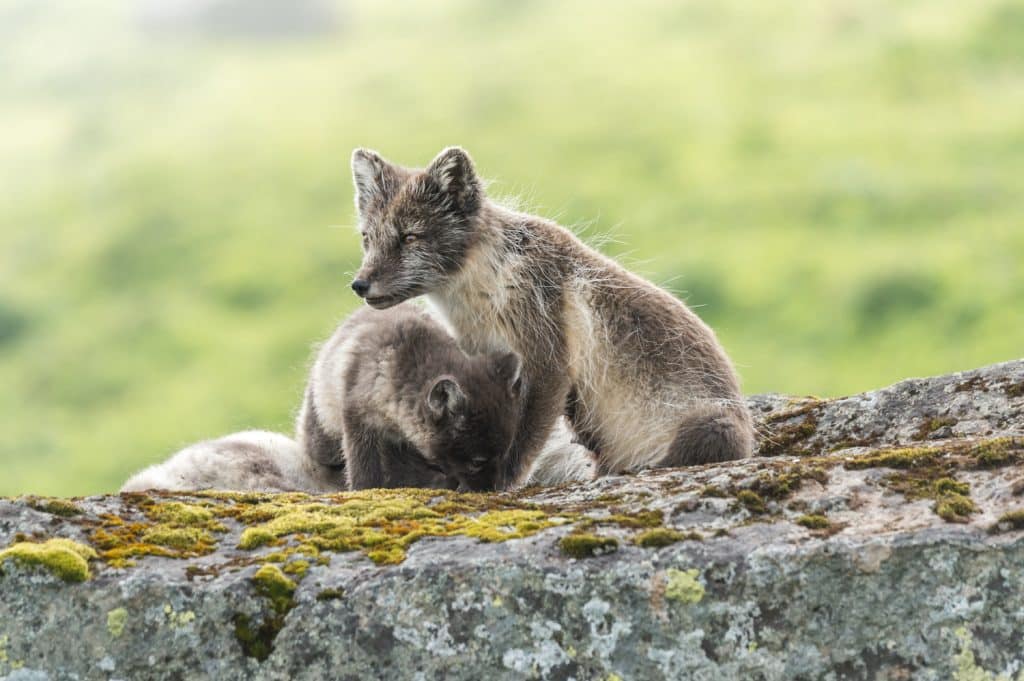
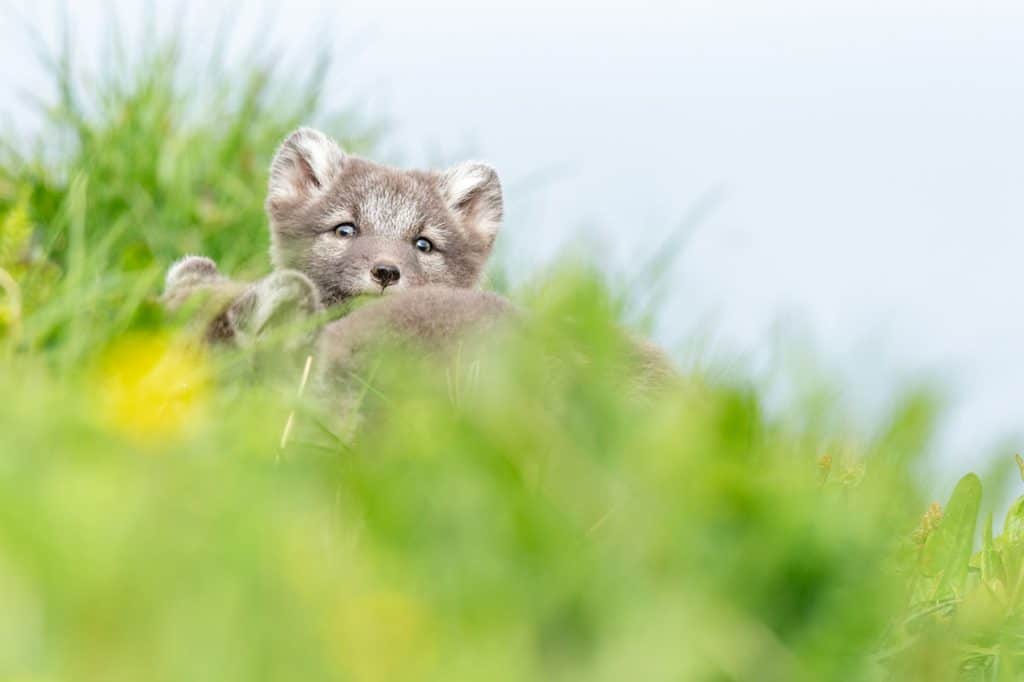
During the summer, you can observe the cubs learning how to hunt, and playing with each other.
During the winter, you can watch adults in their winter fur in a scenic icy landscape!
Hornstrandir is the best place to spot them, as it is a nature reserve where 90% of the arctic fox Nordic population lives, but some can also be spotted in the north of the Westfjords.
If you would like to be accompanied by specialised guides in fox-watching, check out our tours 🙂
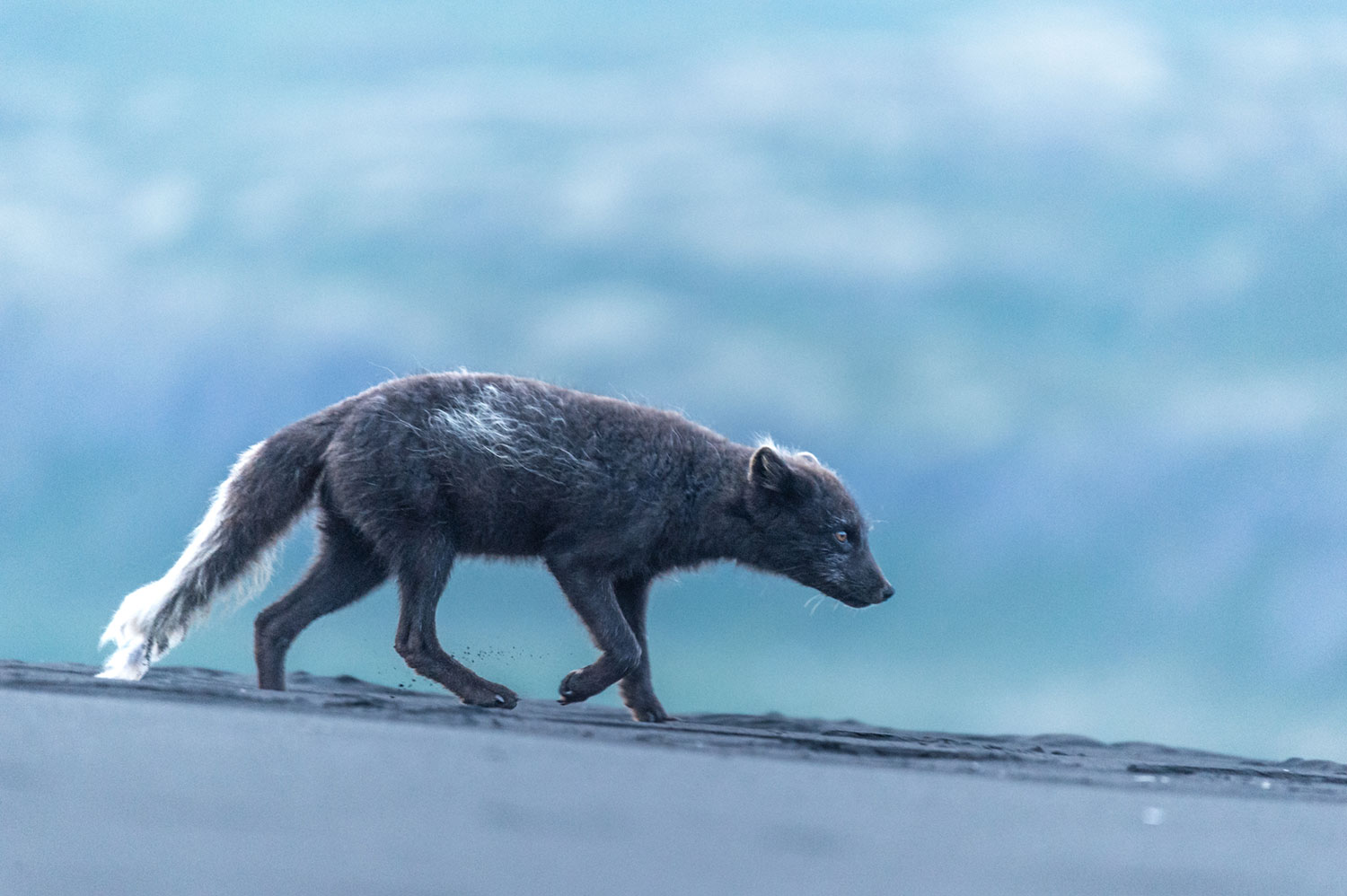
You would be surprised at how many various birds can be observed here.
The common raven and Eurasian wren are your closest neighbors and can be observed while having a drink outside.
Outside of cities, you can find the white-tailed eagle, arctic terns, rock ptarmigans, and many others.
In Latrabjarg, a protected nesting site, you can easily observe puffins, razorbills, common murres, and black guillemots.
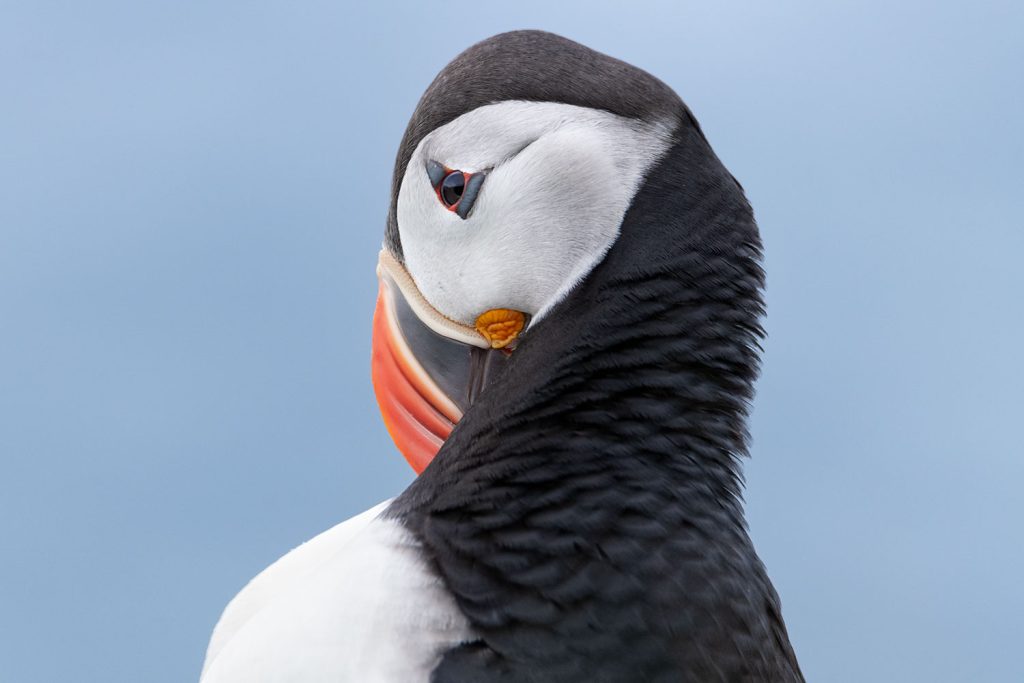
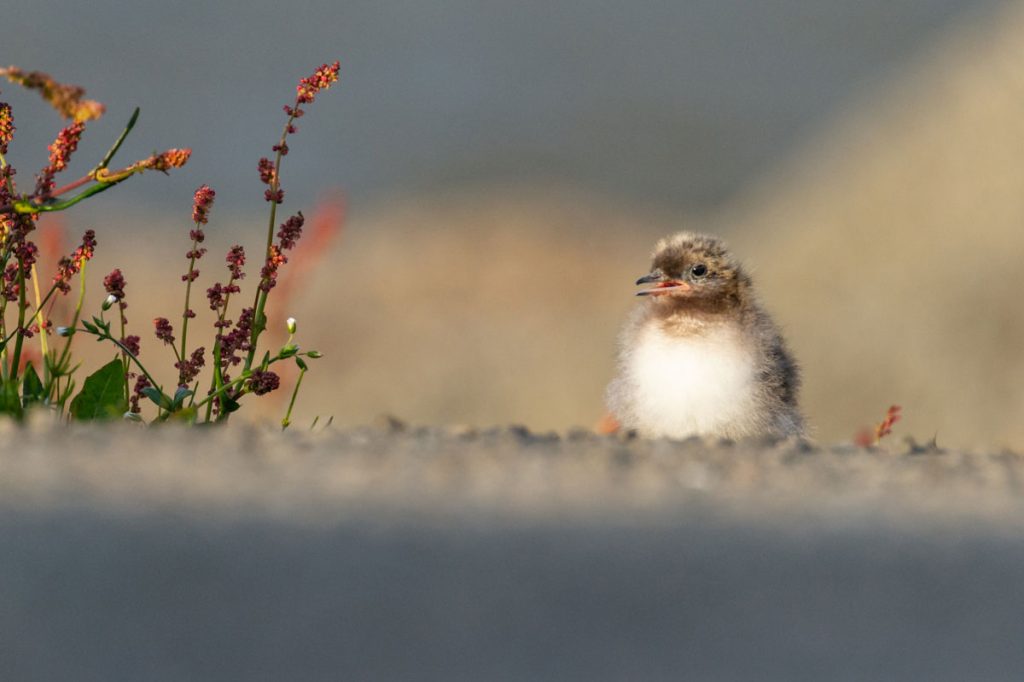
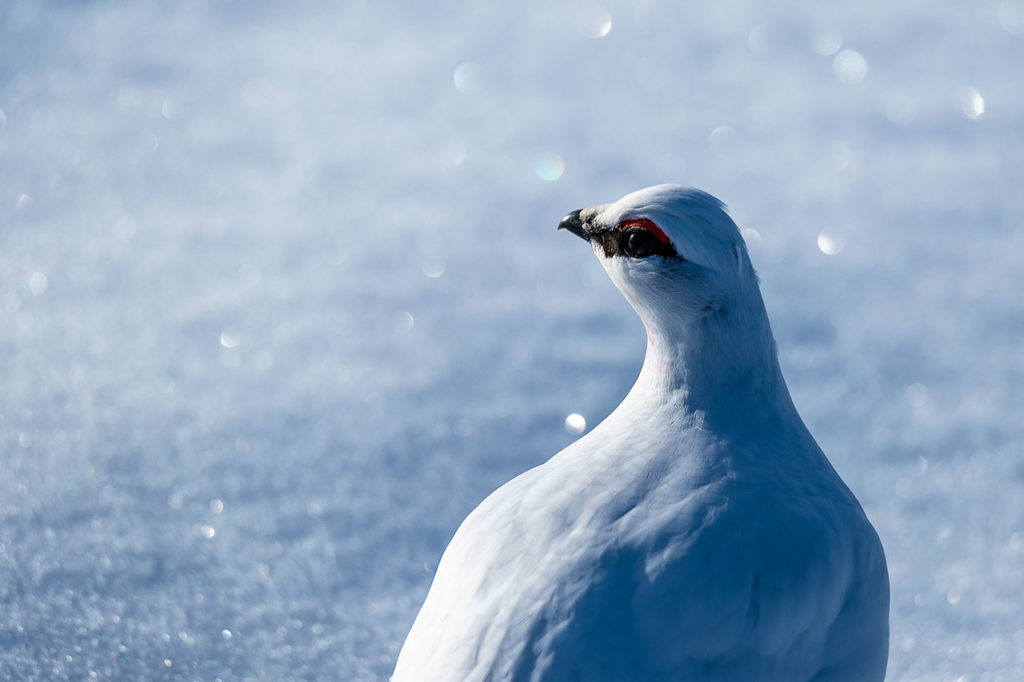
You can also find many Whale-watching tours across Iceland from late April to early October, so keep an eye out on the ocean!
Water sports
The Westfjords have many sheltered fjords. That makes for a wonderful playground for kayaking!
Whether you want to see the midnight sun, or, a bit later in the season, want to see the sunset from the ocean, you can contact a guide who will take you on a wonderful tour to see the Westfjords from a different point of view. And if you’re new to kayaking, no worries! Many tours offer excursions for a first-timer 🙂
There, you can visit isolated fjords, see many waterfalls (including the famous Dynjandi), visit a glacier, or observe a seal colony nearby.
For budget-friendly options, you can join one of the many group tours that are offered, and for a tailored experience, you can book a private guide that will tell you the many tales of the Westfjords’ folklore.
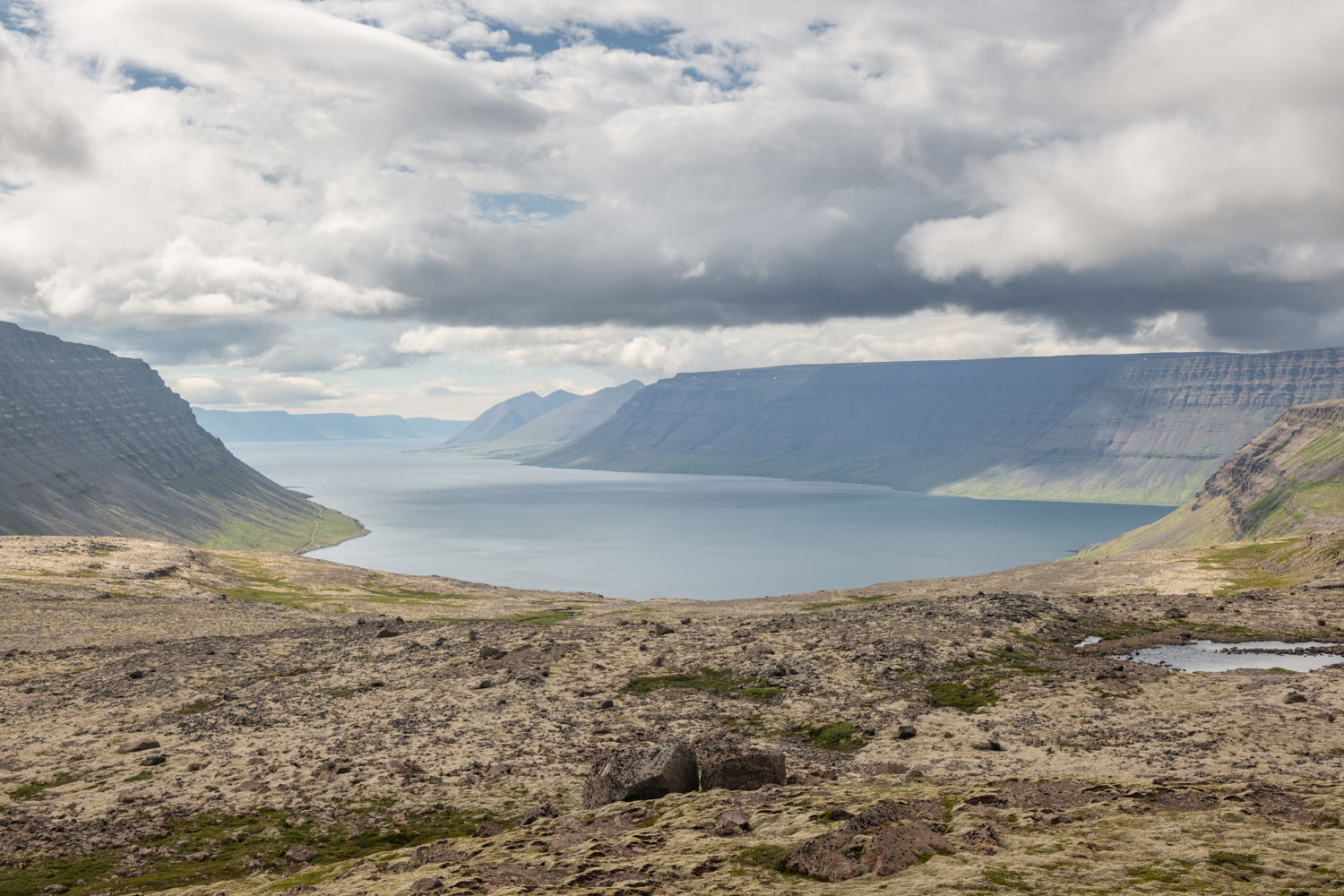
One other main attraction during the summer is of course whale-watching.
Around 20 species can be found but the most common are the humped-back whale, the dolphin, and the beaked whale. On very rare occasions, orcas can be spotted in the area.
When planning your tour, make sure to bring waterproof clothes, your camera, and your binoculars!
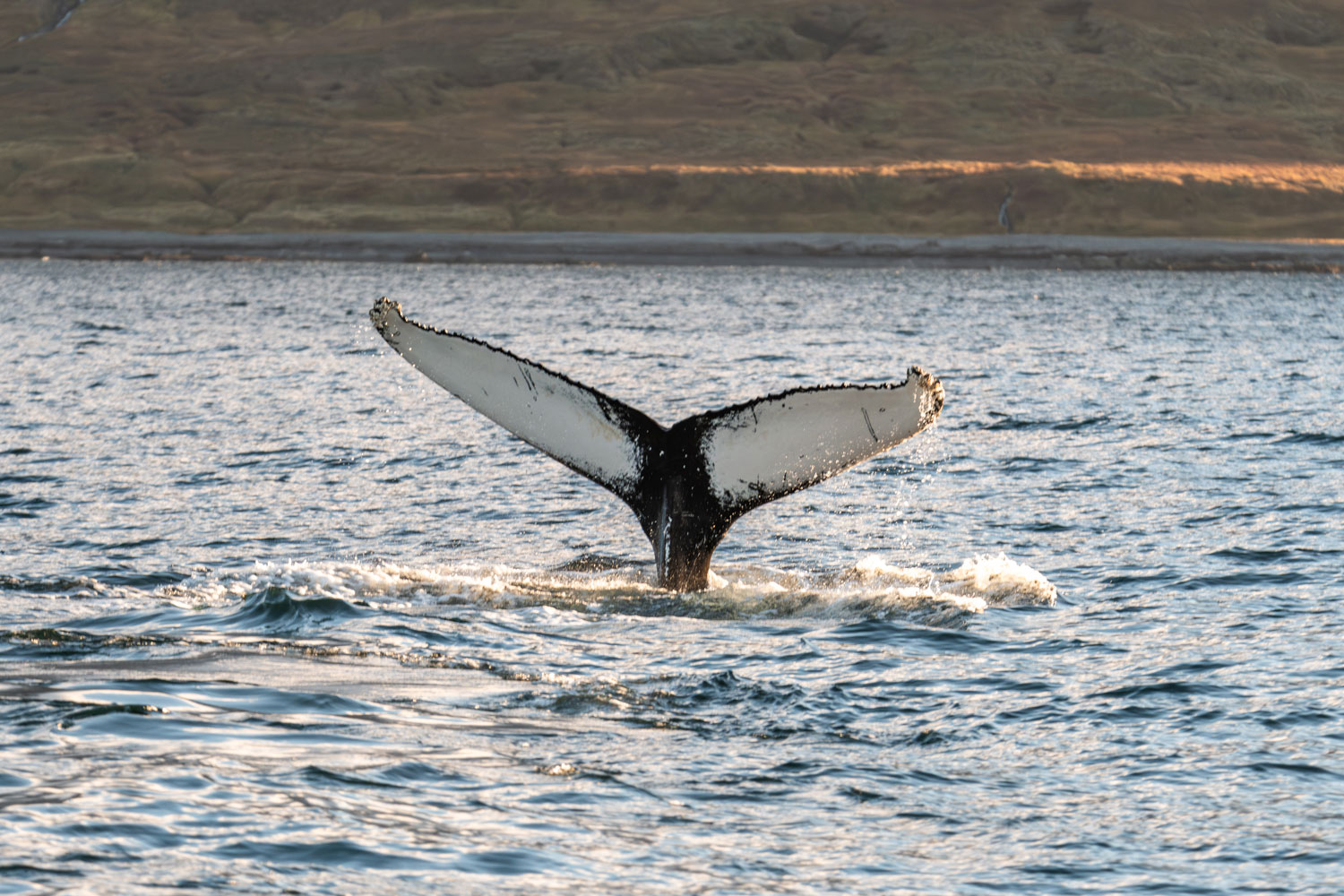
Biking
Just like hiking, there are many biking trails to explore all over the Westfjords!
When visiting the Westfjords, you will notice that some roads, joining two fjords together, have been abandoned in favor of tunnels. Those roads can still be explored by bike and are a very good way to spot some whales entering the fjord.
You can get a few maps in the tourists’ office or online, the biking community is alive and thriving in Iceland!
You can also rent or buy your equipment in Isafjordur.
It is good to note that biking is forbidden in Hornstrandir.
If you’re in the mood to visit via bike, you can take the Westfjords Way: Iceland’s first official bike touring route (1073 km) for a multi-day travel along the coast. You can also join their challenge from June 30 to July 5! The trail goes on abandoned roads (now that tunnels are in place, these roads are forbidden for cars), traversing mountain passes, going near hot springs… Be mindful of the wind, as it is very strong near the coast!
Skiing
If you are an avid skier, you can certainly find happiness in the Westfjords!
The Westfjords host Fossavatnsgangan, an international festival of cross-country skiing in Iceland, usually around mid-April.
There is a ski resort near Isafjordur, Tunguldalur, a down-hill area with 3 lifts.
You can also rent equipment there.
There is a cross-country skiing area near Isafjordur, or you can go outside of these areas with a dedicated guide!
Photography / sketches
When spending some time in Icelandic nature, you might feel the need to get a bit artistic!
What better way to do so than to spend a few hours or days in remote areas to witness the wildlife and scenic mountains?
So grab a camera or a sketchbook, hop on a ferry to Hornstrandir, or drive a few minutes outside of a city, leave the main road and you will mostly find yourself in a place that will inspire you!
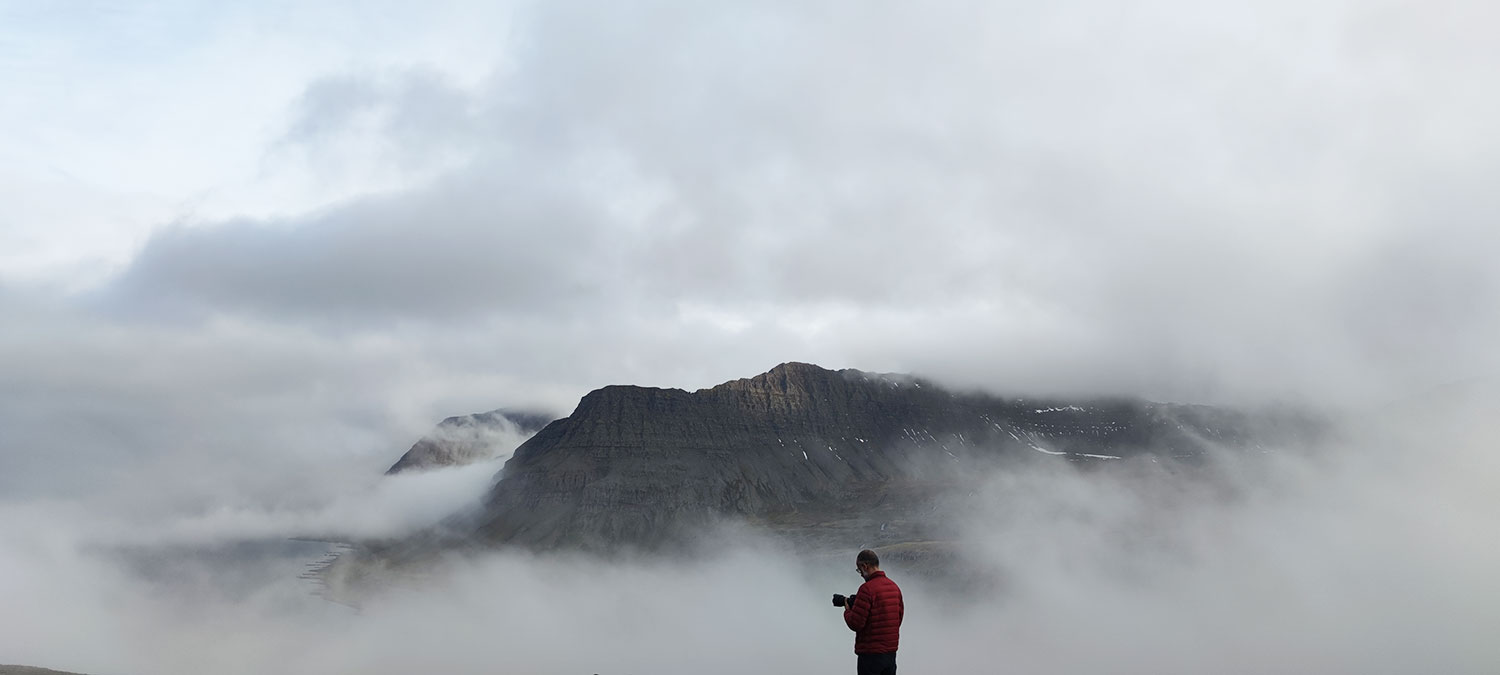
The best way to discover some undocumented places on Google Maps is just to wander where your heart takes you. Just keep an eye on the watch if you have to be back at your camp for the night and enjoy yourself!
Note: there are guidelines for using drones in protected areas. You can find them here.
Grab a bite
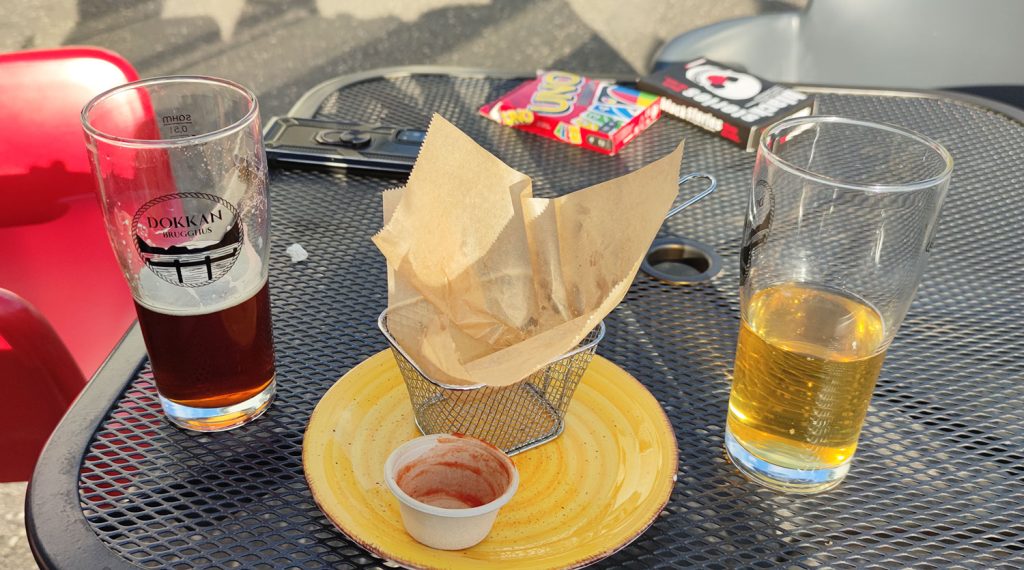
If you arrive at the end of the summer, you can have the pleasure of going berry picking!
Blueberries can be found pretty much everywhere, and Icelanders usually get busy on the weekends to find a perfect spot and harvest them to make some delicious jam.
One of the local specialties is Hardkiskur, dried fish. You can find some pretty much everywhere, and some traditionally made in a few places!
Gunna, the owner of the Kaffi Sol cafe, still makes her own and will also serve delicious happy marriage cakes along with some nice stories about the area (did you know about the wonderful cow of the Westfjords? She used to live there!).
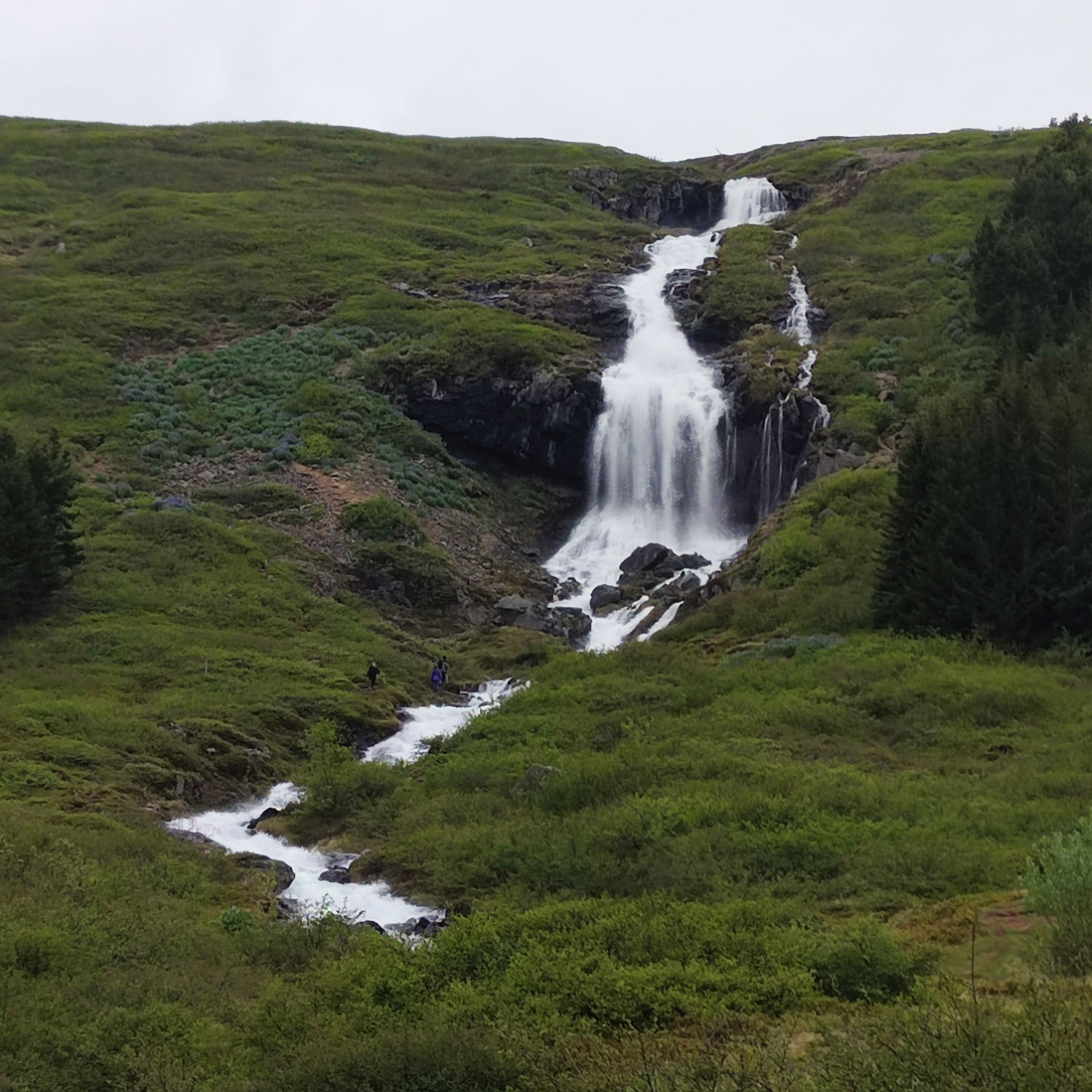
There is a 24/7 self-service shop in Thvera, called fiskaburid. There you can buy some fresh and marinated fish and duck eggs.
In the land of ice and wind, one of my favorite picks is soup!
Whether it’s the famous fish soup in Tjöruhúsið in Isafjordur (known for being the best fish soup in Iceland!) or a tomato or mushroom soup (the one served at the Djupavik Hotel will be engraved in my memory forever), you can always find a good meal to enjoy and warm up at the end of a long day outside, served with some garlic bread.
Various cakes and some delicious hot chocolate are available in Litlibaer, in a turf-roofed house, just a few minutes away from Hvitanes, a famous spot to observe some common seals.
It can get a bit crowded in the summer – but you will always find a nice spot if you come on a day when there are no cruise ships in Isafjordur!
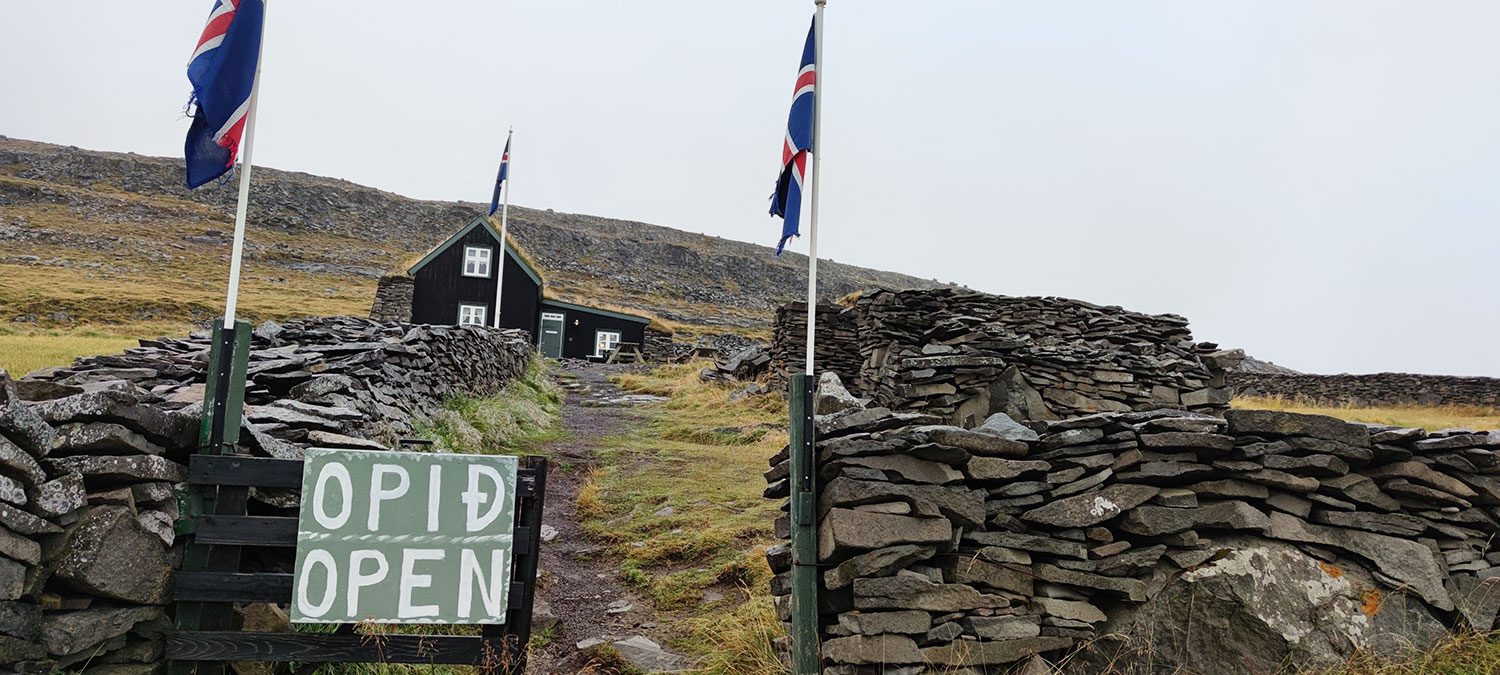
A reward at the end of the day: a nice drink!
Considering the diversity of ales brewed in Iceland, it’s hard to imagine that beer was a forbidden drink until 1989!
There are many breweries scattered around the country. The one located in the Westfjords is Dokkan Brugghus. Its beers are sold all around Iceland and the brewery and bar, set in Isafjordur, near the port, is a cozy place hosting many events from game nights to Karaoke.
During quiz nights on Wednesdays, you can meet up with lots of people and play a game of darts!
You can also have a taste of local gin and schnapps in every bar and of course, the famous Brennevin (“Black Death” as it is called here).
Keep in mind that you only buy alcohol in designated places, such as bars, restaurants, and vinbudins (liquor shops).
If you’re looking for a non-alcoholic version, welcome to the land of caffeinated drinks!
The most famous soda here is Collab, an Icelandic energy drink made with collagen from fish skin. The other famous option is applesin, a fizzy orange-flavored drink.
It was in Iceland that I found what were, to me, the best non-alcoholic beers!
Brio nr 75 is delicious and most big brands have a non-alcoholic version.
You can find those easily in supermarkets, bars and restaurants.
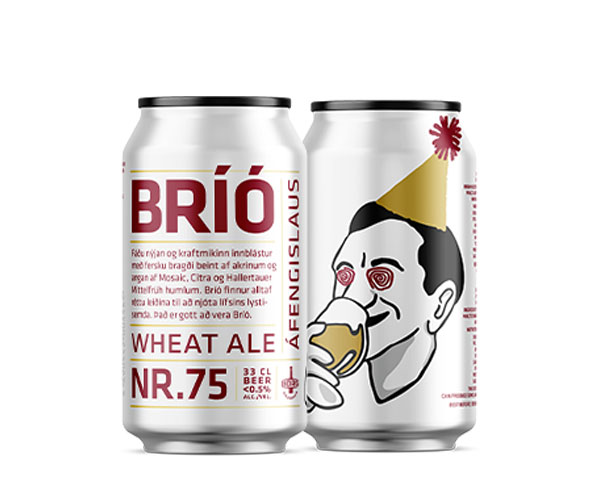
The Westfjords really are a place to visit at least once, and despite the cold you might feel, you will have a truly heartwarming experience.
Whether it’s the nature, the fauna, the culture, or the people, there is always a good reason to come here -and keep wanting to come back.
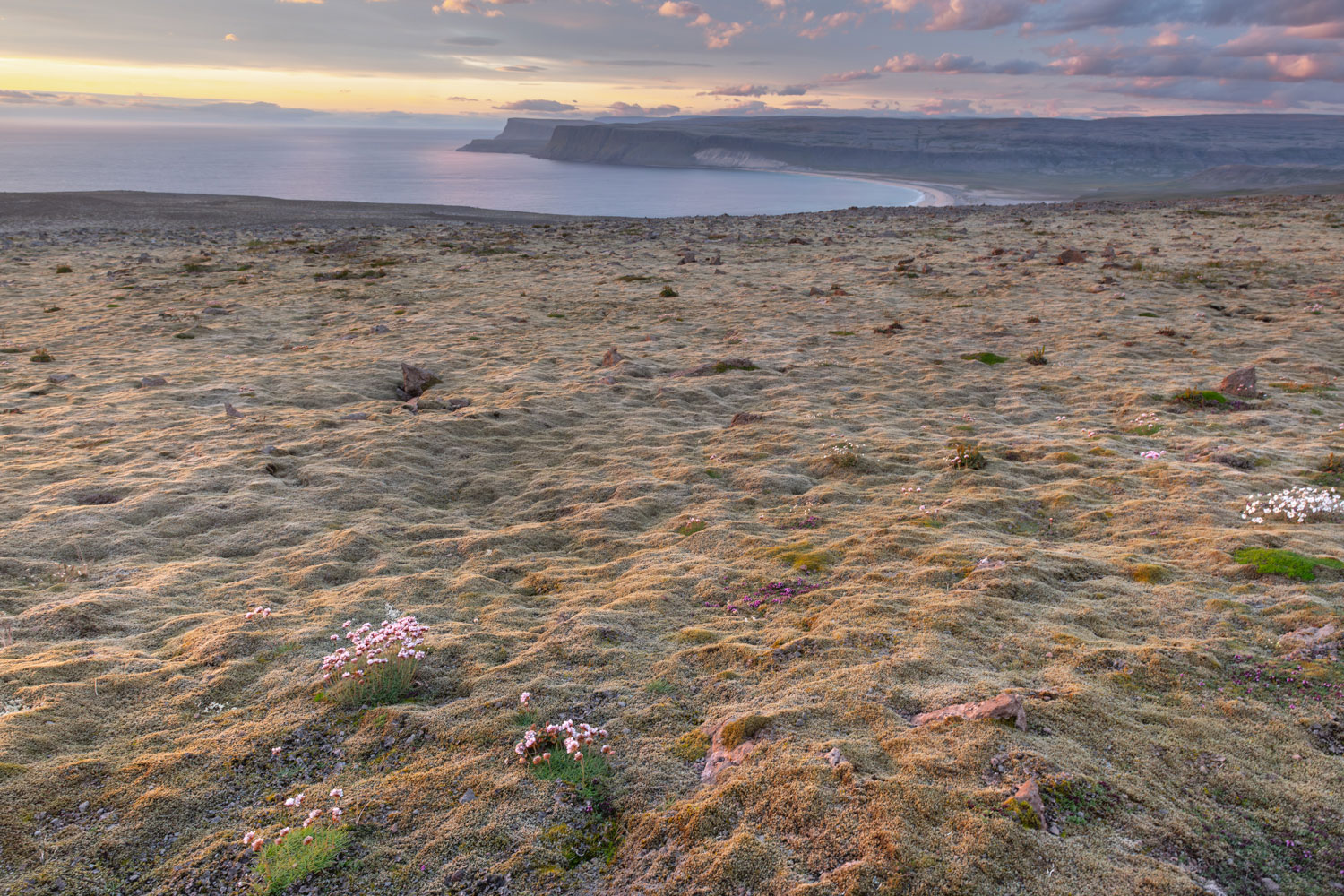

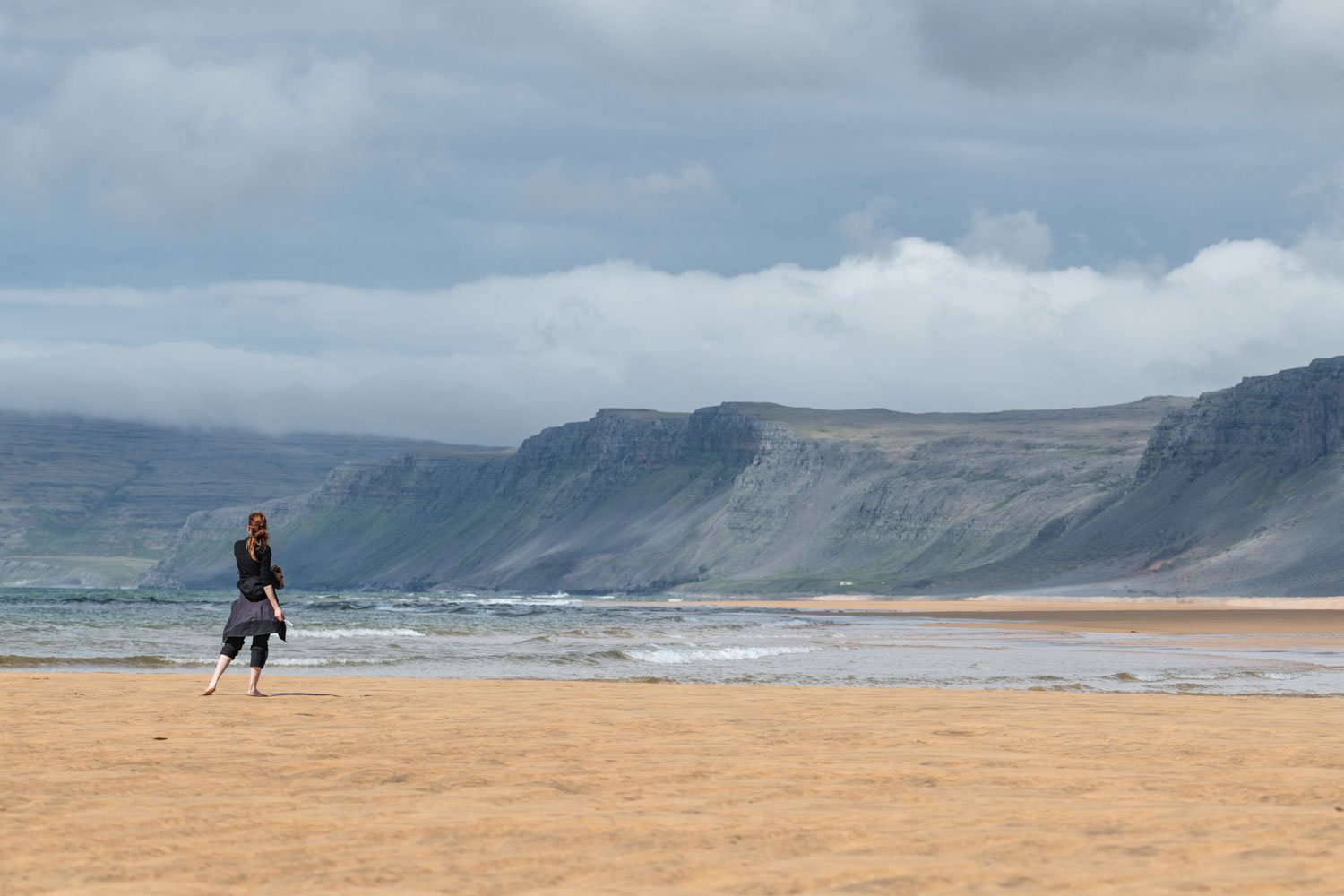
Sorry, the comment form is closed at this time.